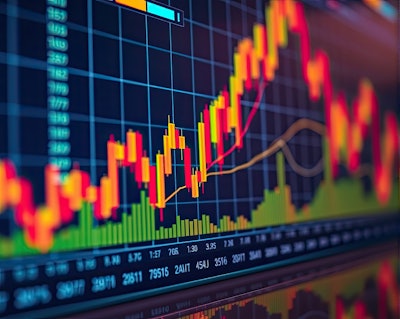
While trade headlines focus on tariffs and political posturing, QIMA’s Q3 2025 Barometer showcases a shift toward more resilient, diversified, and regionally attuned supply chains. Meanwhile, Vietnam’s continued rise highlights a long-term shift, which may be further accelerated by the recent breakthrough in trade negotiations with the United States.
Key takeaways:
· The latest data show that U.S. sourcing from China fell -23% year-over-year in Q2, while demand in Southeast Asia surged +29%. This trend continues a multi-year transition away from Chinese manufacturing that began long before the most recent escalation in U.S. trade policy.
· Vietnam, in particular, is leading the charge, especially with European brands significantly increased sourcing activity in the country, with inspection and audit demand rising +12% YoY. Neighboring Southeast Asian markets, including Thailand (+29%) and Cambodia (+9%), also saw meaningful growth among EU-based buyers.
· Across Europe, procurement is trending up correspondingly, both overseas and at home. Demand for China inspections rose +5% YoY in Q2, suggesting that China may be deepening its trade ties with the EU; this was especially apparent in traditionally China-dominated categories like toys and recreational goods. Meanwhile, European sourcing from Mediterranean countries, including Morocco (+53%), Egypt (+73%), and Tunisia (+35%), surged as brands diversified their nearshoring portfolios.
· In Latin America and South America, intra-regional trade is also on the rise. Although U.S. demand for inspections fell -9% year-over-year in Q2 2025, global demand rose +8%, fueled by local buyers within the region. The data points to a rising role for Latin America in a more multipolar and regionally driven global sourcing landscape.
“Taken together, the above data paints a high-level picture of global trade’s ongoing evolution that takes place over a much longer term than any one big player’s policy meltdown. Even as brands navigate the current volatility, they’re building more diversified, regionally balanced sourcing strategies designed for long-term resilience,” QIMA says. “With the forging of new trade relations, strengthening regional supply networks and the continuing rebalancing of procurement flows, QIMA’s real-time data and reporting keeps a finger on the pulse of global supply chains.”



















